
cd_nom
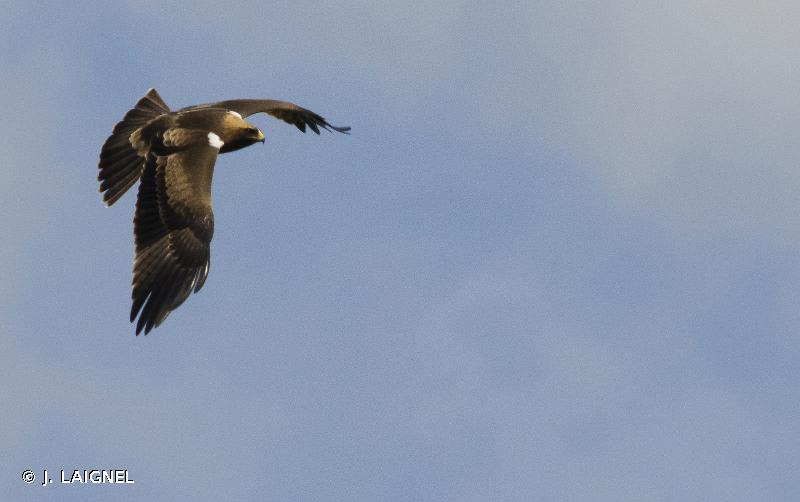
| Author : J. LAIGNEL |
 |
To get the picture, please visit:
Julien Laignel
Chargé de mission SNB - UMS2006-PATRINAT/MNHN
4, avenue du Petit Château
91800 BRUNOY
Tel.: 06.10.68.23.36
Mail: julien.laignel@9online.fr
Despite the Creative Commons license, please inform the author of the use which will be made of his photo
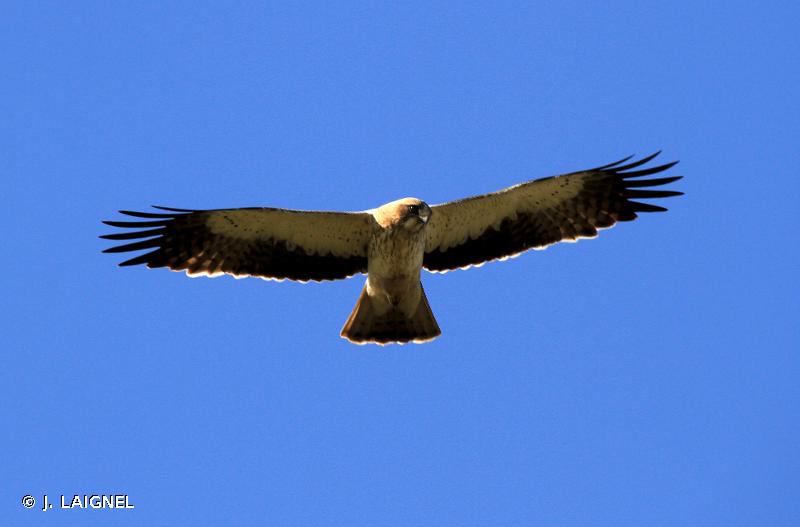
| Author : J. LAIGNEL |
 |
To get the picture, please visit:
Julien Laignel
Chargé de mission SNB - SPN/MNHN
4, avenue du Petit Château
91800 BRUNOY
Tel.: 06.10.68.23.36
Mail: julien.laignel@9online.fr
Despite the Creative Commons license, please inform the author of the use which will be made of his photo

| Author : C. de Muizon |
 |
To get the picture, please visit:
Christian de Muizon
inpn@mnhn.fr
Despite the Creative Commons license, please inform the author of the use which will be made of his photo
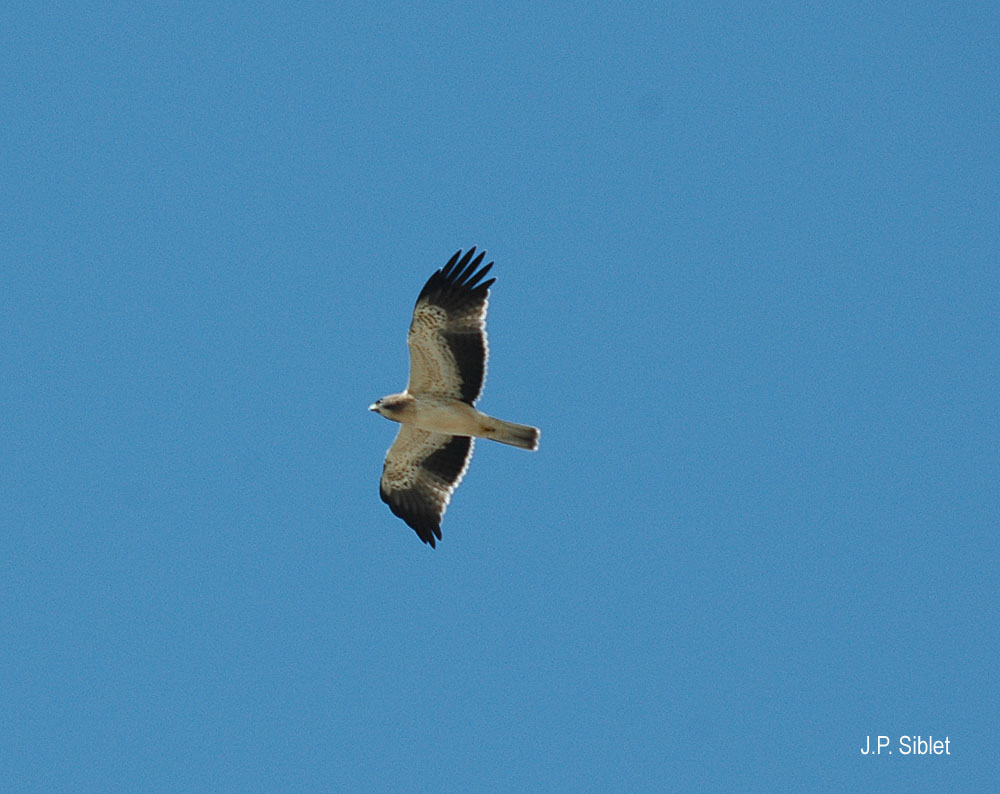
| Author : J.P. Siblet |
 |
To get the picture, please visit:
Jean-Philippe SIBLET
Muséum national d'Histoire naturelle - Service du Patrimoine Naturel
36 rue Geoffroy Saint-Hilaire
CP 41
75 231 PARIS CEDEX 05
e-mail : inpn@mnhn.fr
Despite the Creative Commons license, please inform the author of the use which will be made of his photo
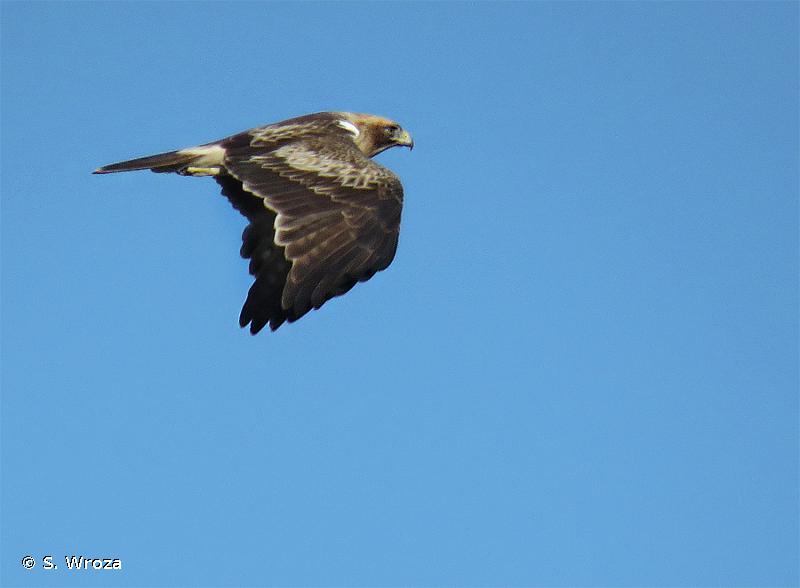
| Author : S. Wroza |
 |
Despite the Creative Commons license, please inform the author of the use which will be made of his photo
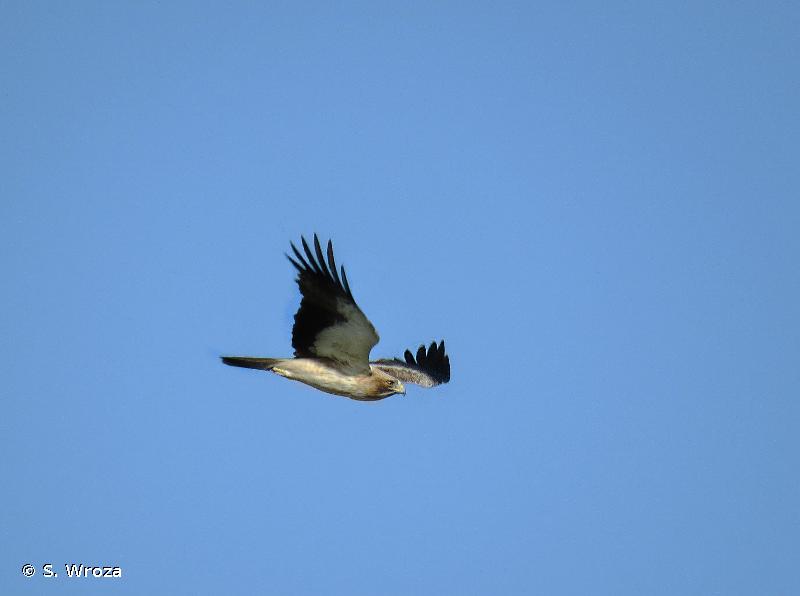
| Author : S. Wroza |
 |
Despite the Creative Commons license, please inform the author of the use which will be made of his photo
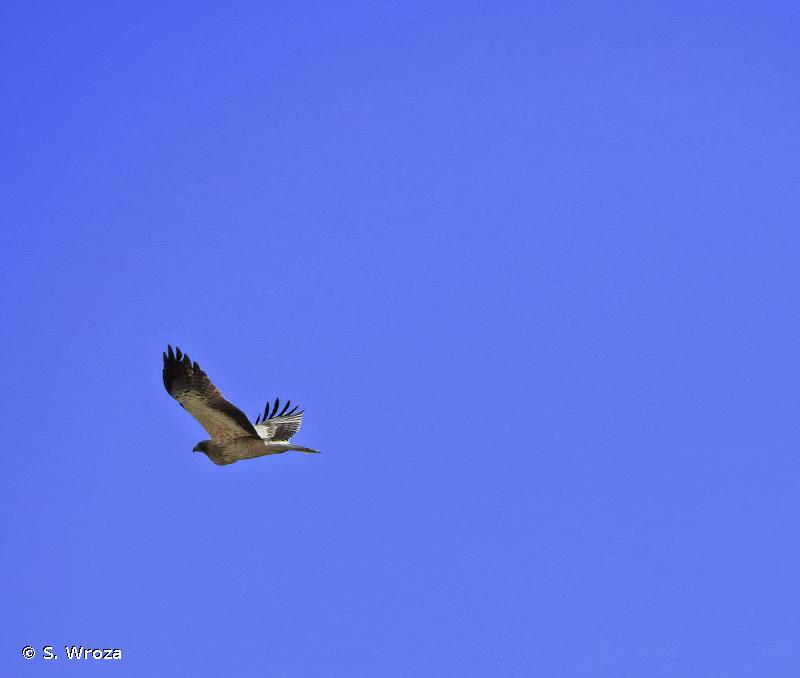
| Author : S. Wroza |
 |
Despite the Creative Commons license, please inform the author of the use which will be made of his photo

| Author : S. Wroza |
 |
Despite the Creative Commons license, please inform the author of the use which will be made of his photo

| Author : C. de Muizon |
 |
To get the picture, please visit:
Christian de Muizon
inpn@mnhn.fr
Despite the Creative Commons license, please inform the author of the use which will be made of his photo

| Author : C. de Muizon |
 |
To get the picture, please visit:
Christian de Muizon
inpn@mnhn.fr
Despite the Creative Commons license, please inform the author of the use which will be made of his photo

| Author : C. de Muizon |
 |
To get the picture, please visit:
Christian de Muizon
inpn@mnhn.fr
Despite the Creative Commons license, please inform the author of the use which will be made of his photo
Taille/poids :
Longueur totale : 50 à 57 cm. Poids : 500 à 800 g (mâle), 850 à 1250 g (femelle).
Diagnose :
L'Aigle botté, de la taille d'une buse variable, est le plus petit des aigles. Il présente une grosse tête proéminente, six rémiges primaires fortement digitées, et des tarses emplumés, points communs aux autres aigles. La queue est sensiblement aussi longue que la largeur de l'aile, droite avec l'extrémité carrée. La forme claire a le dessous du corps blanc, légèrement strié à la poitrine et à la tête contrastant avec les rémiges noires à l'exception de trois primaires internes qui forment une fenêtre plus claire. La forme sombre présente une face inférieure brun foncé à brun roux. Comme dans la forme pâle, trois rémiges primaires internes dessinent une zone plus claire.
Détermination :
Moyennement difficile.
Espèces proches :
Les confusions sont nombreuses : la forme foncée de l'aigle botté peut être confondue avec le Milan noir (Milvus migrans) et le Busard des roseaux (Circus aeruginosus) en raison de taille et de coloration voisine.
Période d'observation :
Mi-mars à mi-octobre, mais quelques individus hivernent dans le sud de la France.
Biologie-éthologie :
Éclectique, il consomme préférentiellement des reptiles et des oiseaux de moyenne et petite taille, mais également de petits mammifères. Les insectes peuvent représenter jusqu'à 20% de son alimentation.
Biogéographie et écologie :
Cette espèce discrète occupe une bande comprise entre 30° et 56 ° de latitude Nord, du Portugal et du Nord de l'Afrique à la partie occidentale de la Manchourie en Chine. L'espèce hiverne de l'Afrique occidentale jusqu'en Afrique du Sud. Difficile dans le choix de son site de nidification, exigeant en tranquillité, l'Aigle botté fréquente des milieux forestiers entrecoupés d'espaces ouverts ou de landes.
Compilé par J. Comolet-Tirman à partir des Cahiers d’habitats.(UMS 2006 Patrimoine Naturel (AFB / CNRS / MNHN)),2017
Continental
Metropolitan France
Overseas
Marine
Metropolitan France
Overseas
The map presents a summary at the 10 x 10 km grid of the observation data for the species transmitted to the SINP. These data have been subjected to validation filters.
The map presents a reference distribution layer of the species at the scale of departments and marine sectors. The presence and absence data were established by expertise within a network of partners. This reference distribution is used in the validation process of the SINP data at the INPN level.
Corresponds to a report on the basis of at least one observation proved within a period of 10 years (20 years for little-known invertebrates) preceding the year and no presumption of extinction since obtaining the last data nor doubt on reproductive and implemented nature of this population. For migratory species, the presence indicated concerns areas of reproduction.
This status is based on one or more of the following criteria:
This point covers the absence, more difficult by nature to demonstrate than presence. This status is based on one or more of the following criteria:
This status must be assigned to a department in which the presence of the species is casual.
Particular case of absence due to a proven extinction less than a half century ago (older disappearances are treated as "no probable or definite").
In the state of knowledge, we can not comment on the presence or absence in the current department. This is the default status when not comprised in one of the previous categories or whenever there is doubt.
The map shows the global distribution of the species based on GBIF data (Global Biodiversity Information Facility).
